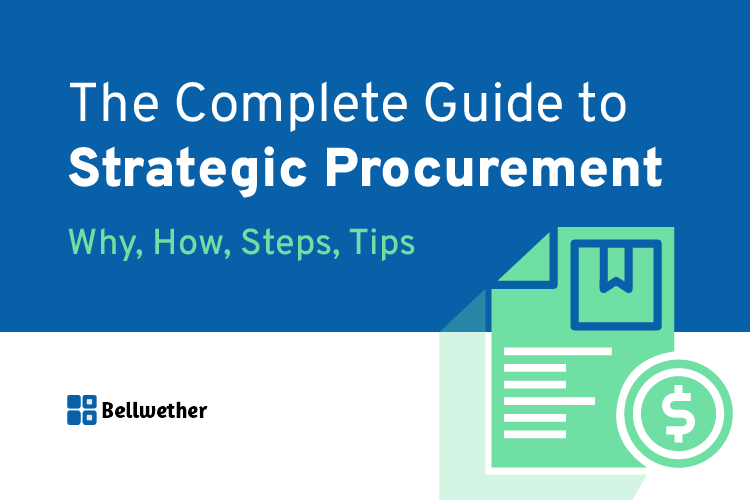In a global economy sourcing often stretches across borders and even oceans for purchasing managers. Factors involved can be very complex. One thing purchasing managers need to consider is purchase power parity. According to investopedia.com purchase power parity can be defined as follows: “An economic theory that estimates the amount of adjustment needed on the exchange rate between countries in order for the exchange to be equivalent to each currency’s purchasing power.”
Still confused? Let’s look at an example. Let’s say you are sourcing Widgets and looking at a vendor here in the United States and one in Europe. The exchange rate is only one factor in comparing the cost of Widgets from both countries. The formula for purchase power parity is P1 / P2 where P1 is the price of the widget in one currency and P2 is the price in another currency.
The purchasing manager conducts research and finds that the cost per widget here in the United States is $.62. The cost for the European vendor is $.45 Euros. Using our formula: 0.62 / 0.45 = 1.38. The exchange rate at the time of this post is 1 Euro equals 1.35 US Dollars. The purchase power ratio of 1.38 and an exchange of $1.35 per Euro indicates that the purchasing power of the dollar and Euro are almost the same. Not exact, but very close. The ratio held true across multiple products then you could say that consumers in Europe have similar purchasing power to US consumers with respect to each using their own currency in their own country. However, if exchange rate increased to 2 US dollars to 1 Euro, but the purchase power parity remained at 1.38 then this would show a loss of purchasing power for US consumers.
As you can see, there is quite a bit to consider when sourcing from countries outside of your own with differing currencies and exchange rates. Your end user/consumer will have to have the ability to purchase the finished product so not only does the purchasing manager and business owner have to consider price, exchange rates and purchase power parity for sourcing, but those factors have to be considered again at the point of sale.






